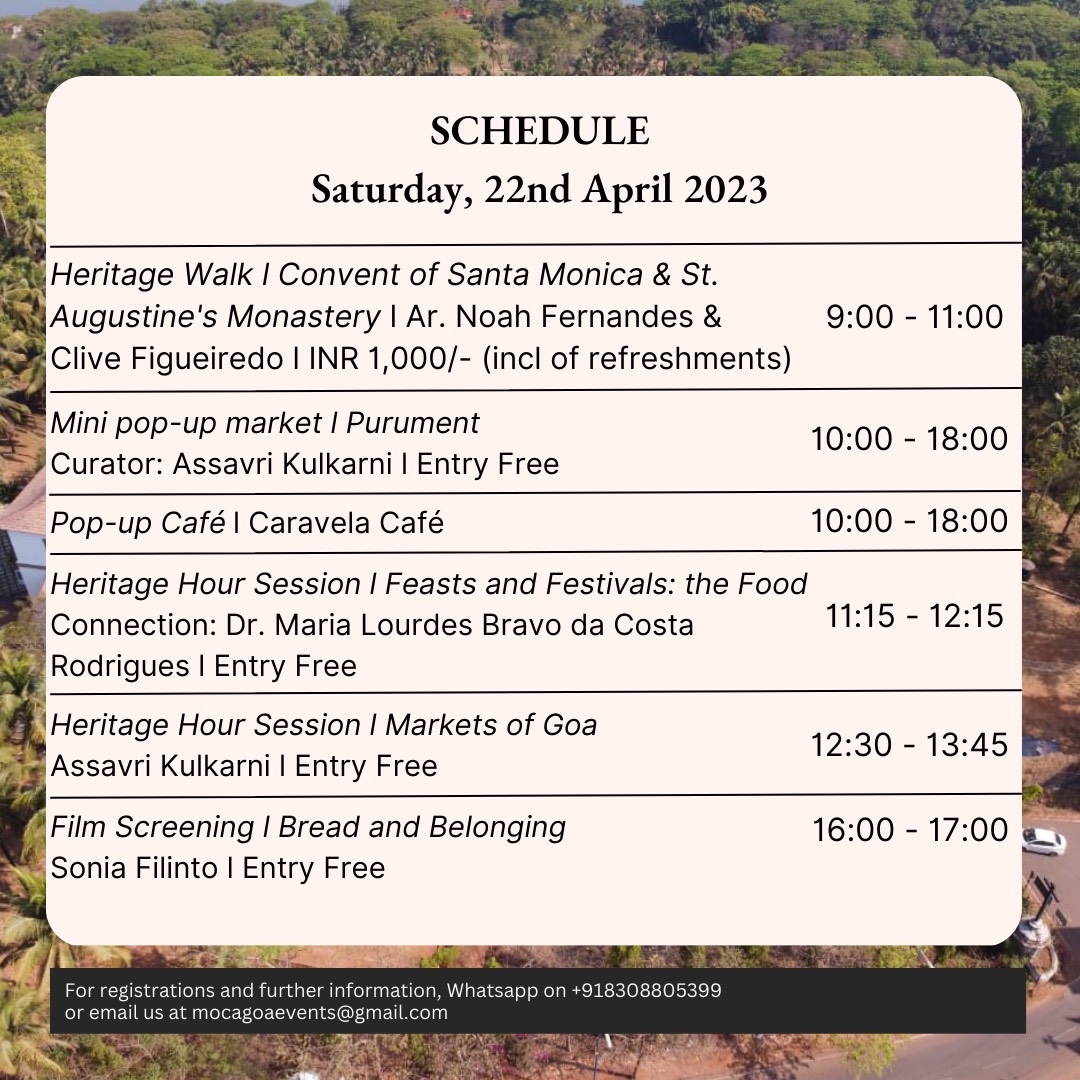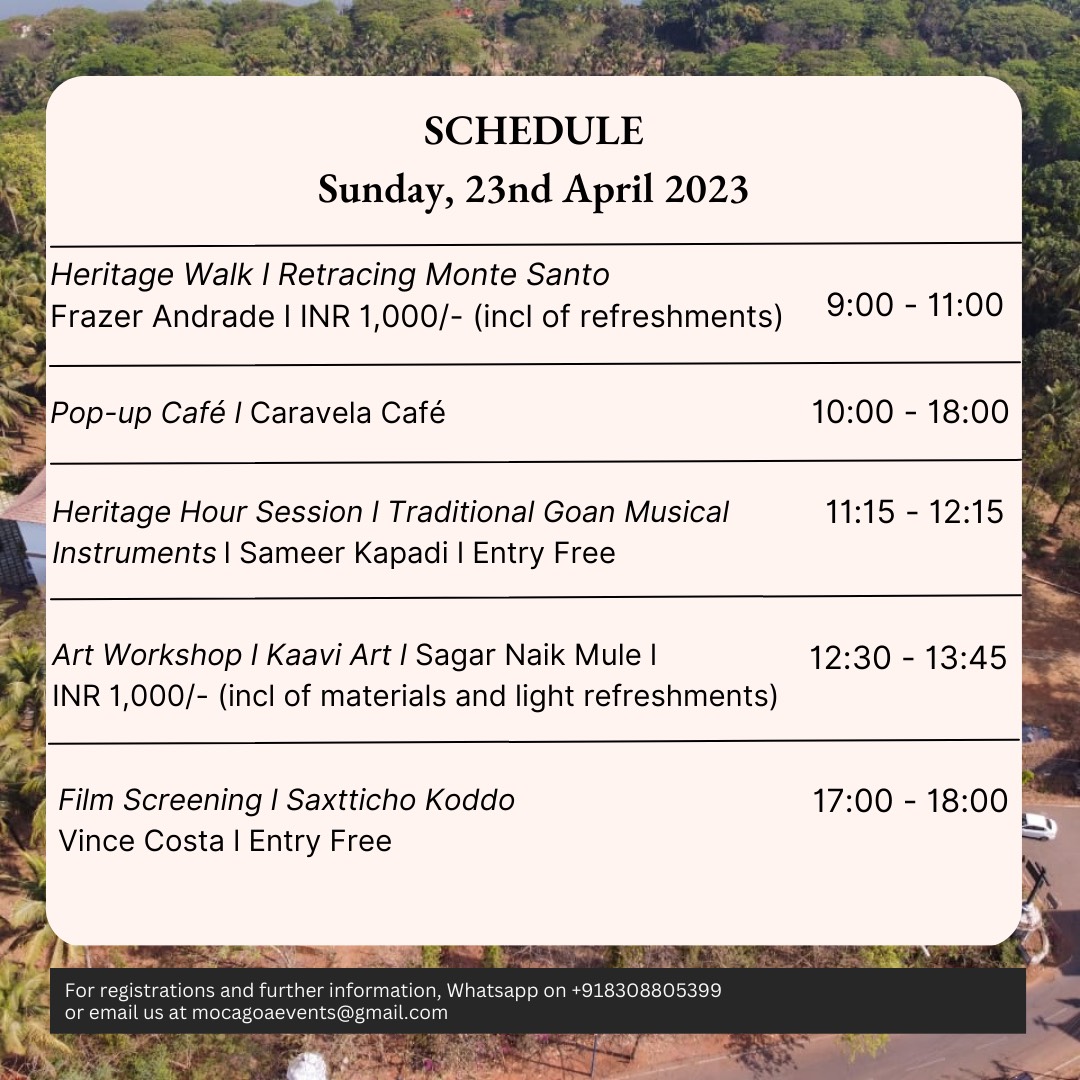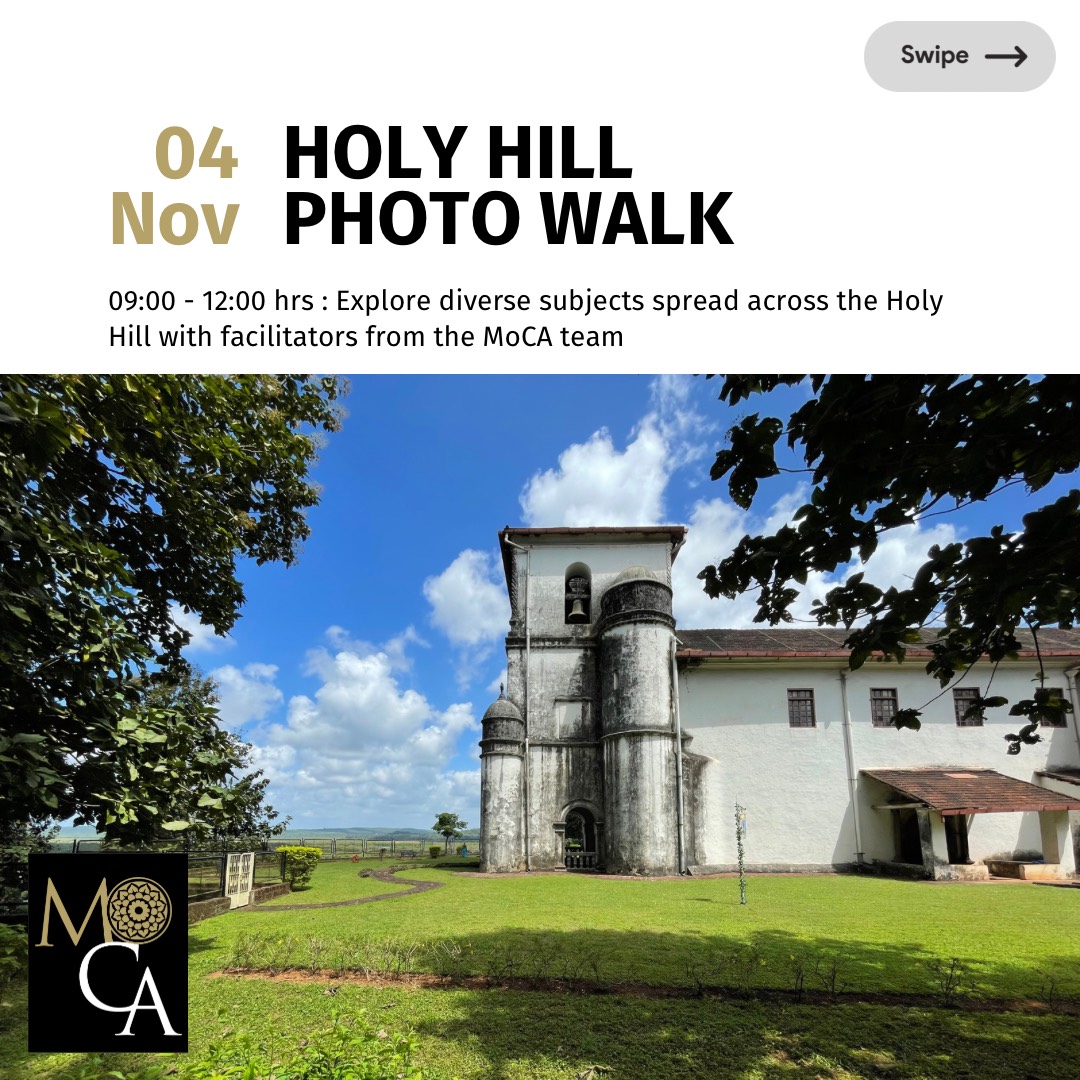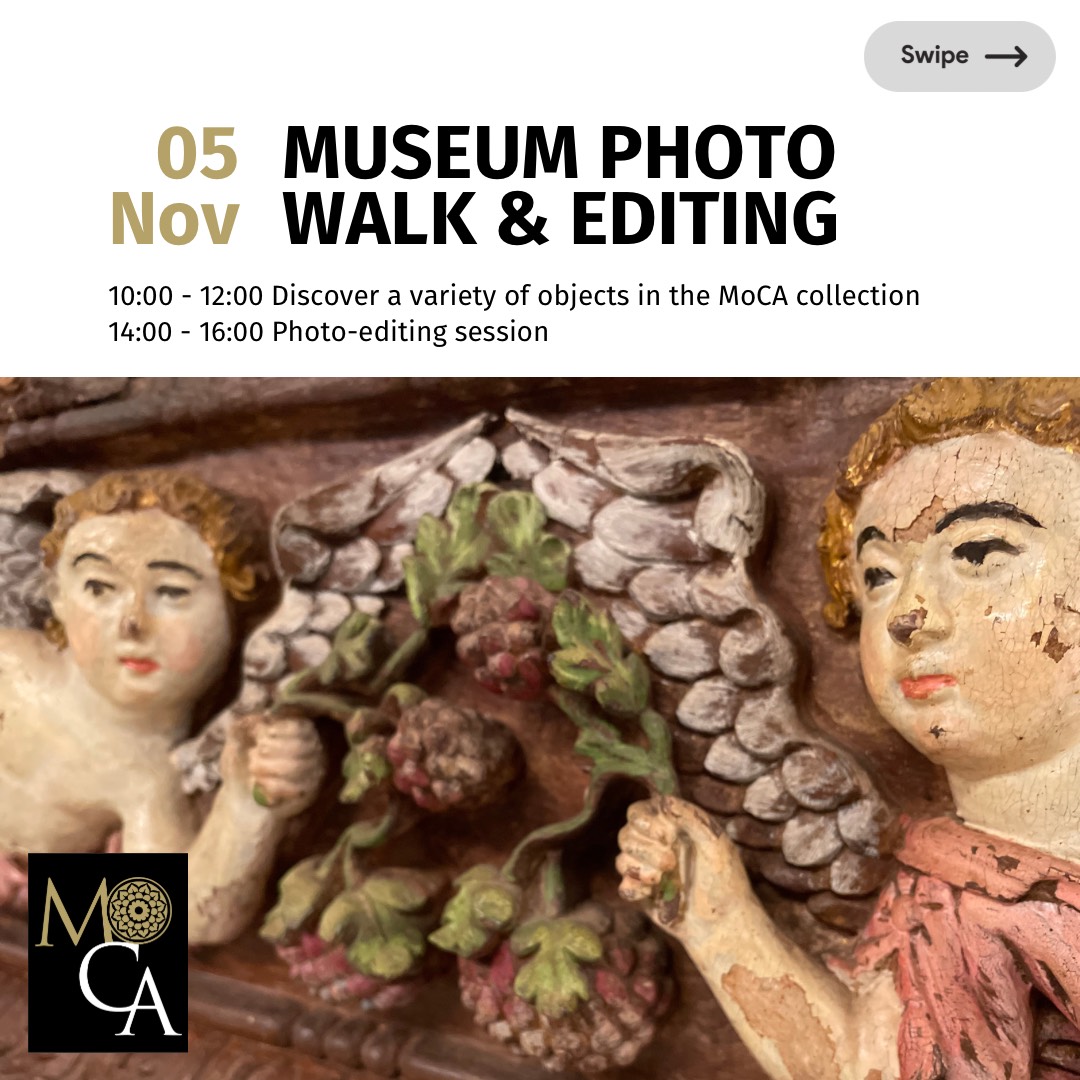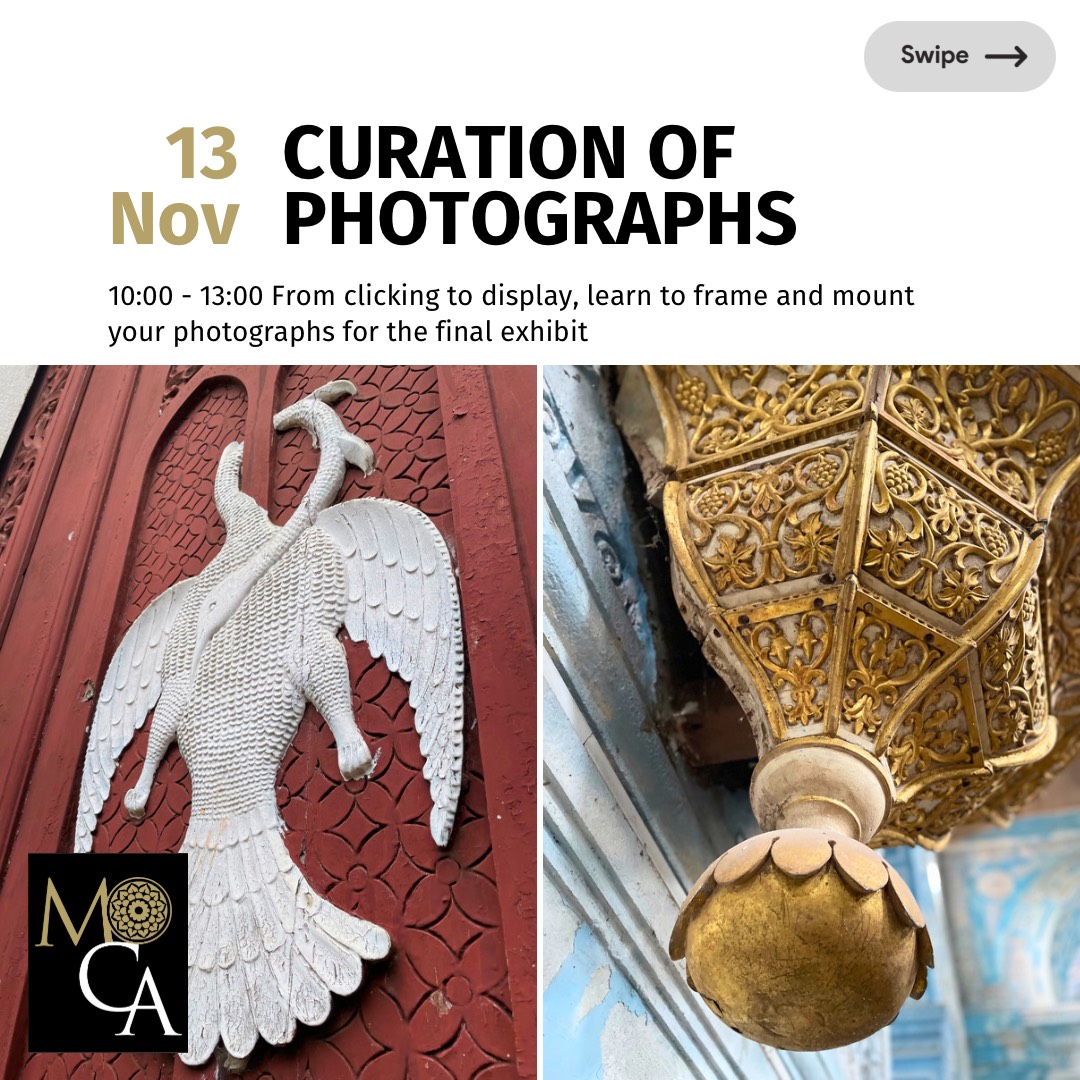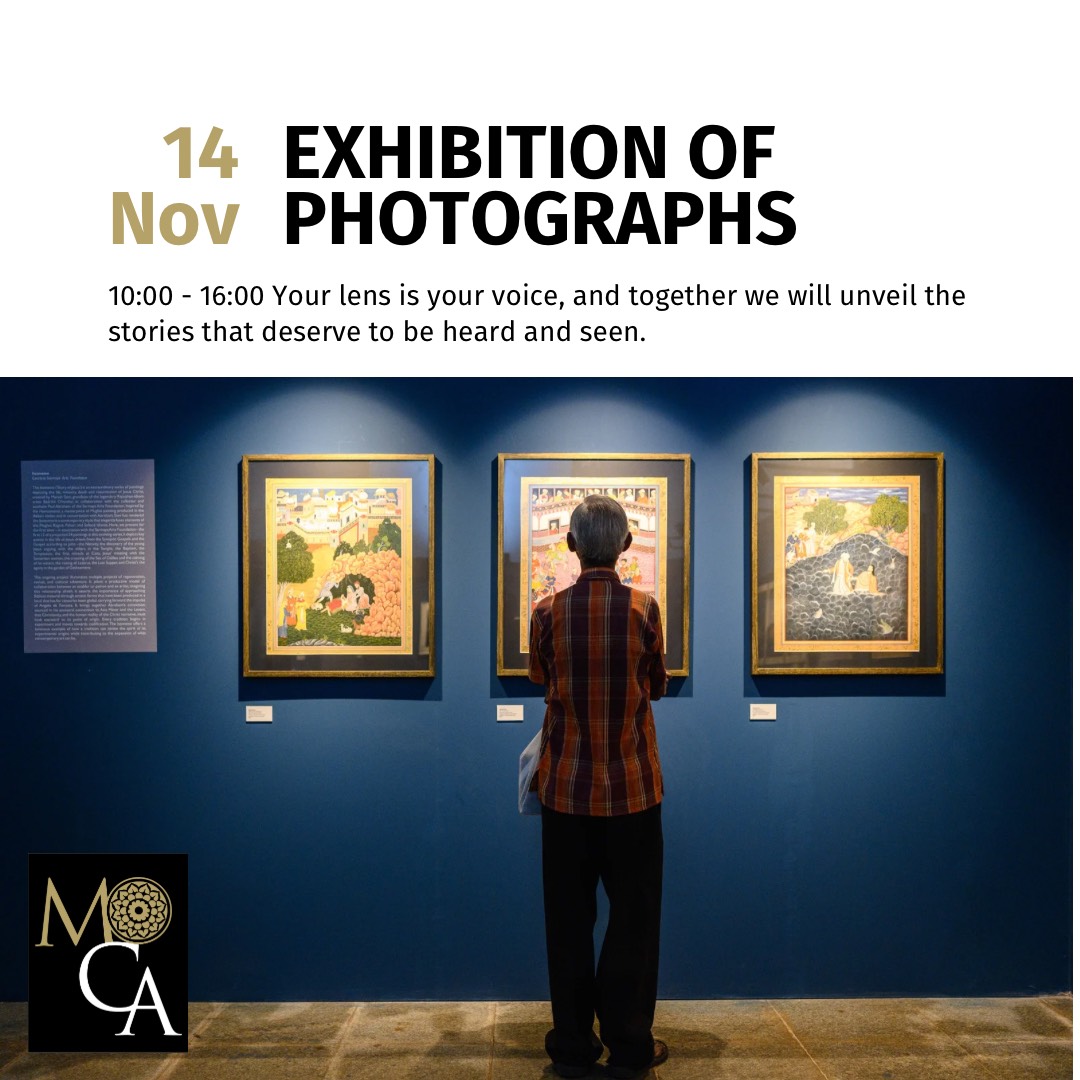We hosted our first Zoom session with Dr Vishvesh Kandolkar.
Dr Kandolkar is an Associate Professor at Goa College of Architecture, researching Goa’s architectural history with a focus on early modern church design and the creation of Indo-Portuguese aesthetics and their afterlife. Apart from considering the social aspects of architectural legacies, he also attends to neoliberal co-optations of design influences. His writing on art, architecture, and cultural politics has been published in Economic and Political Weekly, Journal of Human Values, and The Goan, among other publications.
Known by the epithet Goa Dourada, Old Goa reached its pinnacle at the end of the sixteenth century, thereafter undergoing a steady decline. As a result, in 1843, the Portuguese state transferred its capital from Old Goa to Panjim. Even as the erstwhile capital was abandoned, its material debris continued to prove useful; the state cannibalised these ‘golden ruins’ in order to build the new city of Panjim. The transfer of Portuguese India's capital to the Nova Cidade was symbolic; it allowed the state to indicate to its citizens the beginning of a new era of progress. In reality, the fortunes of Estado da Índia had continued to decline. For instance, the colonial state found it cheaper to reuse cut stones from the ruined buildings in the former capital rather than to quarry anew. Using examples of buildings in Panjim that incorporated material from Old Goa, this talk illustrated how the nineteenth-century colonial state could not enhance the status of their new capital without the legacy of the old one.
